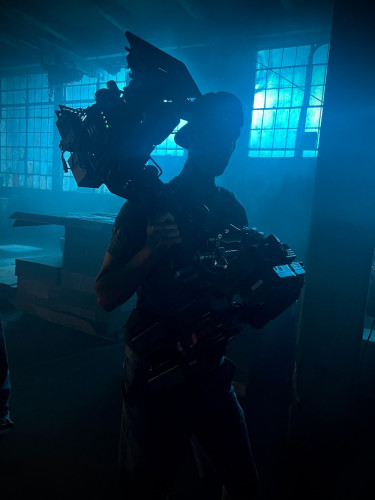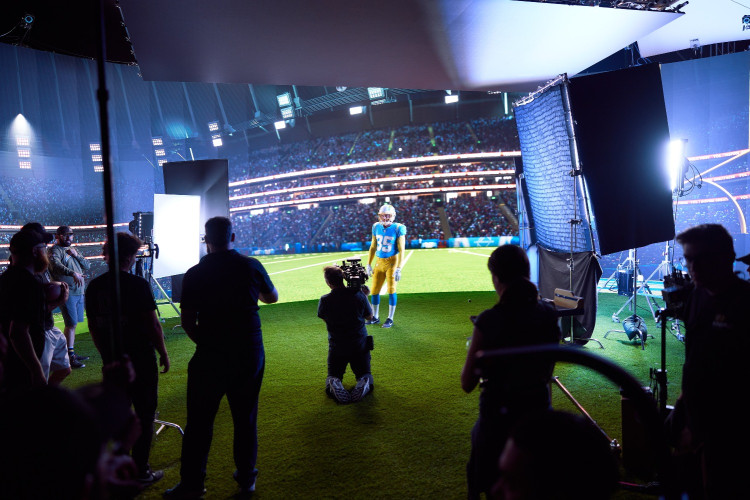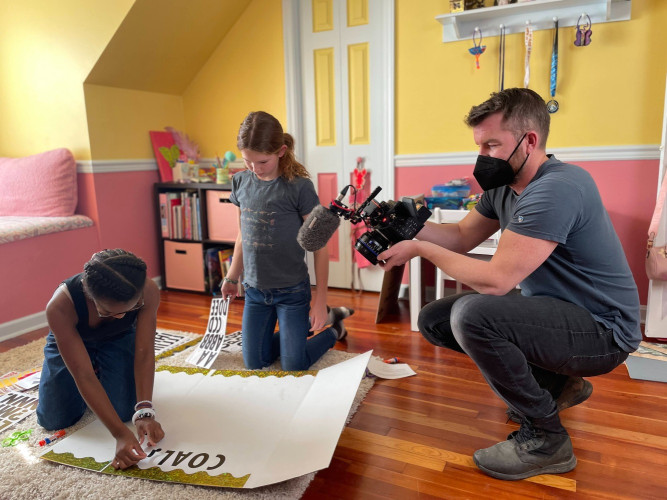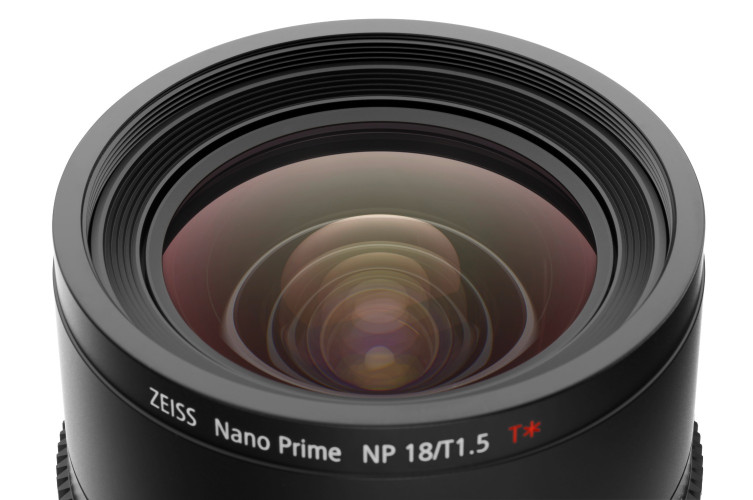Ask the Experts with True Lens Services
Author: Dennis Lennie
Published 1st April 2009
Why should I have a lens serviced?
A camera lens is not actually a sealed unit, though it may look as though it is. When you pull focus or zoom the lens, cells of glass within it start to move which results in pressure being created on one side of the cell and a partial vacuum on the other. This vacuum will suck in the surrounding air and any airborne contaminants. In a clean studio environment airborne contamination levels are minimal, however, if you were filming for example in a desert warzone then it would be completely different. Most ENG type lenses rely on lubricated anodised aluminium to anodised aluminium contact and when abrasive substances mix in with this lubrication it effectively creates a form of grinding paste!
Should I have a regular service or wait until I notice something?
If you look at a lens and see dust gathering around any of the external parts of the lens then there is a pretty good chance that there is also some on the inside, in which case a complete service would be recommended. There is no fixed rule about the regularity of servicing as it is down to the frequency and conditions of use. As an example a car in Los Angeles would need an oil change approximately every 3 months as the traffic is so bad, whereas here in the UK we manage with 12 month intervals so common sense and logic should prevail.
What will I notice first when my lens needs servicing?
Zoom and focus rings will feel, and possibly sound gritty when rotated with sand type contamination whereby a softer dust type of contamination could leave the rings feeling tighter as it may cause the grease to thicken.
Will the lens be as good as when it was new?
True Lens use approved manufacturer’s own greases so the lens should feel the same as it did when new. We spend a lot of time setting up the optics during the service process and pride ourselves on having shipped out lenses to customers who have reported them to be ‘even better than new’.
We have a filming project in freezing conditions – will this affect the operation of our lenses?
We have had customers take lenses up Mount Everest and in these situations we ‘winterize’ the lens.
By using grease with a lower viscosity the lens can function correctly in the lower temperature ranges.
It is also important to remember that a lens will need to be ‘de-winterized’ after such a trip though.
Is there a typical cost for service?
For a typical SD/HD ENG type lens (e.g. Canon J8 through 22, or Fuji A10 through 22) we charge £345 for a complete strip down to the last component, clean and de-grease all glass and metal surfaces, re-lube where required with manufacturer’s approved greases, re-build and check on the collimator, projector and camera.
What is the turnaround time?
We do ask customers to tell us when they need their lenses back as this helps us to prioritise our workload. If a customer specifically needs a rapid turnaround then we will always endeavour to accommodate them but most of our clients give us the flexibility to work around these requirements.
Why does a lens go through infinity?
Firstly, a cameraman will rarely believe what a manufacture tells him! By going beyond the infinity mark and back again it gives a cameraman the opportunity to attain what he sees as a sharp focus.
Secondly, the aluminium construction of a lens has the potential for linear expansion when exposed to rapid variations of temperature. By setting a lens exactly to infinity you could lose any flexibility that may be required under such circumstances.
Why do lenses have a back focus?
A lens can go on a variety of different cameras with beam splitters, mounts and CCD’s all of which have a tolerance, hence a degree of flexibility is necessary which is what the back focus facility offers.
How do I assess if a scratched front element is repairable?
Most elements can be reworked, but it’s a question of how they will perform afterwards. When polishing a lens element there are some important factors, in order of importance, to consider:
The curvature of the surface
The radius of the curvature
The centre thickness of the element
The last but least critical aspect of these factors is the one that is most affected by the polishing process.
As a basic rule of thumb, if you can dig your finger nail into the scratch then it is probably irreparable. Some lenses come in with welding damage which whilst looking a general mess does not actually ‘dig in’ to the glass so they usually polish out successfully. A single side re-polish starts at £280 and can go up to £1000 for the larger elements.
Certain front elements such as in the Fuji A10 and the Canon J11/HJ11 use aspheric glass which cannot be re-polished and therefore have to be replaced.
How can I prevent this type of damage?
Using a good quality optical flat is the best and most cost effective way to protect your front element.
Any high street camera shop can supply one but bear in mind the quality of the product against the filming to be done. A period drama for TV filmed using a high quality lens will merit a high quality protector with an anti reflective coating. Filming the local car rally or stock car racing however could justify using a much cheaper product.
What is an anti reflective coating?
Every glass surface has the potential to lose 5% of light on each surface, so for a lens with 5 elements that is a considerable loss of light. Had anti reflective coatings not been invented then the zoom lens, with around 20 elements, would never have made production. Put 4 or 5 sheets of window glass together and you’ll get the idea.
Magnesium Fluoride was originally used reducing the light loss to around 1%. Since then broadband multi layer coatings have been developed reducing it significantly to around 0.1% loss.
The coating is applied in a vacuum chamber after polishing.
Who is the best lens manufacturer?
They are all good and it would be unfair to single any one out as ‘the best’. Every cameraman will have his own personal preference.
What is the best way to transport my lens?
Certainly not in a jiffy bag which is how some have arrived with us- suffice to say they are not returned that way!
A cameraman without his lens is a bit like a taxi driver without his taxi. These are expensive, precision optical instruments and should be treated with due respect and care and not shipped in a shoe box. In the absence of a flight/Peli case we use a large double walled cardboard box with the lens sealed in a polythene bag, then bubble wrapped and submerged in poly chips to protect it against any impact.
Ideally the lens should be removed from the camera body and set to narrow angle at close focus.
How do I clean the glass?
Better still, don’t get it dirty in the first place! But if you do, start by using a puffer bulb to blow away as much debris as possible without touching the glass. Then gently use a camel-hair brush, starting in the centre moving in circles towards the outer edge. When there is no evidence of dust or dirt use a lens cleaning tissue with an appropriate cleaning chemical.
Can I support a matte box on my lens or do I need a support system?
Most matte boxes are not particularly heavy and they can be clamped on to a lens quite satisfactorily. However, some cameramen feel that using a support system makes the whole outfit feel more secure and takes the weight off the actual lens. Once again it is down to personal choice and whether you have to take into account the extra time, weight and cost of a support system.
The zoom on my lens is getting noisy and the mic is picking it up, what does this mean?
This is most likely to be a motor fault. The motors are fitted typically with a 50:1 or 100:1 gearbox which is the weakest part of the system. As they wear they start to generate a bit of noise.
The actual optics of the lens shouldn’t make much noise at all except maybe a little on the servo side.
My lens is very old and no longer in production, can you still help?
We have the facility to manufacture most components in house with our two CNC milling machines and a CNC lathe. Many plastic components can be replaced with aluminium ones to give the lens an even longer life.
What is the life span of a lens?
If you maintain your lens correctly it will last you a lifetime. We currently have one in our workshop that was purchased over 30 years ago and with regular servicing should easily be capable of another 30 years filming!

































